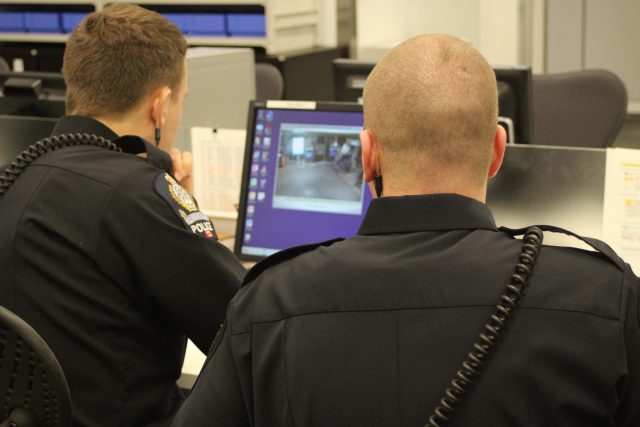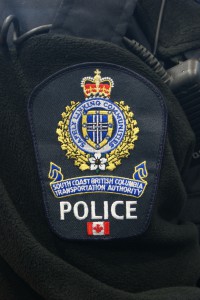Transit Police Academy – Week 3
Transit Police Academy – Week 3

Complex investigations are the real critical part of police work.
Transit Police has a special investigation team called the Crime Reduction Unit (CRU). Members of Transit Police who want to be a part of this team apply separately.
The Crime Reduction Unit works closely with front line Transit Police and collaborates with other police departments within the region.
CRU officers are trained in tactical surveillance, intelligence gathering, offender management and forensic interviewing. This unit utilizes various investigative techniques conducted in both uniform and plain clothes.
The main tasks for this team are:
- identifying suspects
- arrests which are often the result of weeks or months of investigation
- search warrants
- seizing property
- surveillance
- offender management
CRU is doing a great job helping keep the transit system as safe as possible for all riders!
In fact, they are responsible for numerous apprehensions of criminals on and off the system in and around Metro Vancouver.
Did you know that in 2014, alone Transit Police removed 967 wanted criminals and criminals breaching court imposed conditions from the system?
Now, if you’re like me and you like to walk/cycle around your neighbourhood, I think you’d be hard pressed to find an area that has  absolutely NO graffiti.
absolutely NO graffiti.
It really is a major problem for cities all over the world! Houses, garages, businesses, cars and yes, even our transit system is constantly being defaced by graffiti.
Transit Police Sgt. Wendy Hawthorne is internationally known for her expertise around the culture of graffiti and leading anti-graffiti strategies.
She, along with a joint task force with police departments throughout the Lower Mainland and across BC, handle everything from major gang-related graffiti and hate crimes to prevention work within high schools.
The strategy includes eradication, education, prevention and enforcement.
Wendy also supports the use of restorative justice. I didn’t know what that meant at first either–here’s the official definition from Correctional Service Canada:
“Restorative Justice (RJ) helps meet the needs of people faced with crime and conflict in an inclusive and meaningful way. RJ practices provide voluntary opportunities for those who have been harmed and those who have caused harm to be active participants in their journey for justice, accountability, and reparation.”
Basically, it is about moving forward from the crime and in the instances of graffiti, having the perpetrators be accountable for their actions beyond the courts.
One way to do this is with art programs that allow people to get out of the graffiti lifestyle and create art that doesn’t hurt or harm anyone or their property.
Which personally I think it fantastic! With mentors, some of these people will truly benefit from it and be able to express themselves in a more positive and meaningful way.
Next up in Transit Police Academy is recruiting (any takers?!) and IRAYL — the Inter-Regional At-Risk Youth Link.
I’ll write all about it in my next installment in a week’s time.
Author: Adrienne Coling






Why do some of these transit police dress like they are part of an anti-gang unit? Seriously, they’re dressed like Denzel in Training Day! Dark clothes, leather jacket, badge on a chain around the neck. Acting reaaal tough.
Always cracks me up when I see them.